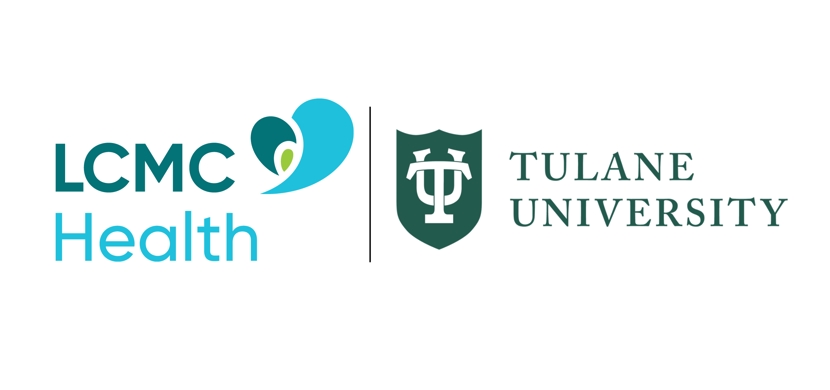How to reduce sodium intake? Take 5
- Category: Health & Wellness
- Posted on:

About half of the adult population of the U.S. has high blood pressure, and 20 percent of Americans
Sodium is a mineral that helps maintain kidney function and balance your bodily fluids. But too much sodium pulls water inside of your blood vessels, increasing the amount of blood your vessels must pump throughout your body, resulting in high blood pressure. Over time, high blood pressure damages the heart, injures blood vessels and increases plaque in the arteries. If left untreated, high blood pressure is one of the leading causes of heart disease.
Find a cardiologist to help determine if biological factors such as age, weight, race and sex make you more likely to experience sodium-related heart issues (especially if you limit your sodium consumption and still have high blood pressure.)
Just a (recommended) dash
More than 70% of the sodium we consume in the United States comes from packaged, prepared and restaurant foods. Reducing sodium might seem difficult, especially when homemade classics, such as a shrimp po’boy, are considered extremely high in sodium—6,440 mg.
Managing your sodium levels starts with understanding the recommended sodium intake: The American Heart Association recommends the average adult consume no more than 1,500 mg of sodium
Now that you have a goal in mind, it’s time to get excited about the easy, tasty ways you can reduce the amount of sodium in your diet.
1. Eat Fresh Fruits and Vegetables
The best way to reduce sodium intake is to eat a diet rich in fresh fruits and vegetables. When fresh isn’t available, opt for frozen vegetables over canned, which typically have a much higher sodium content.
2. Choose Lean Protein
Fresh chicken, fish, and other lean proteins are great heart-healthy options low in sodium. Red meat
3. Swap Salt for Fresh Herbs and Seasoning
Reduce the sodium in your cooking by swapping salt for seasoning. Avoid high-sodium blends, and use fresh herbs and aromatics, such as garlic, onions and citrus juices. Generations have relied on the Holy Trinity: onion, green pepper and celery.
Grow your own herbs for some DIY low-sodium flavor. Sweet basil, bay leaf, thyme, tarragon, and oregano are just a few of the herbs that prefer the warm, NOLA climate.
4. Pass on Processed and Fast Foods
As the greatest culprit of excess sodium, processed and fast foods should be eaten sparingly. Reduce your sodium intake by limiting processed items, including lunch meat, boxed rice mixes, and frozen or prepared meals in your diet.
Sometimes busy schedules and big families make it difficult to forgo prepared foods altogether. When you need to use them, search for prepared foods that are limited to 600 mg of sodium per meal.
5. Read the Label
It’s impossible to avoid sodium altogether. Remember, some sodium is necessary to maintain overall health. One of the best tools for reducing your sodium intake is to read the labels on every food item you purchase. Foods labeled as “low sodium” or “sodium free” make it easier. Otherwise, read the nutrition label on the back of the package. Next to the word “Sodium” is the amount per serving in mg and the percentage of your daily value of sodium. If you’re not sure which item to purchase, compare the sodium levels and choose the healthier option.
Shake up your routine. See the health benefits of reducing sodium in your diet with expert heart and vascular care at LCMC Health.
